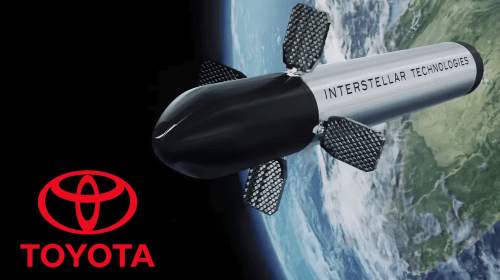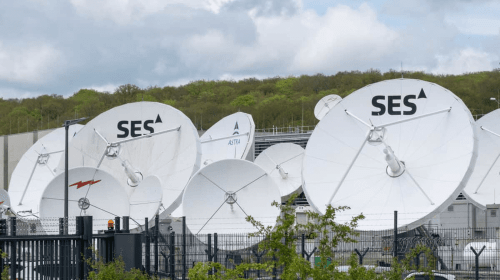What Makes L-Band Indispensable at Sea?
Dec 29, 2024
The maritime satellite communications landscape is witnessing significant changes with the emergence of Low Earth Orbit (LEO) broadband services and the evolution of Geostationary (GEO) satellite solutions. However, amid these transformations, L-band services maintain their critical position in commercial shipping, particularly due to their fundamental role in safety and reliability features.
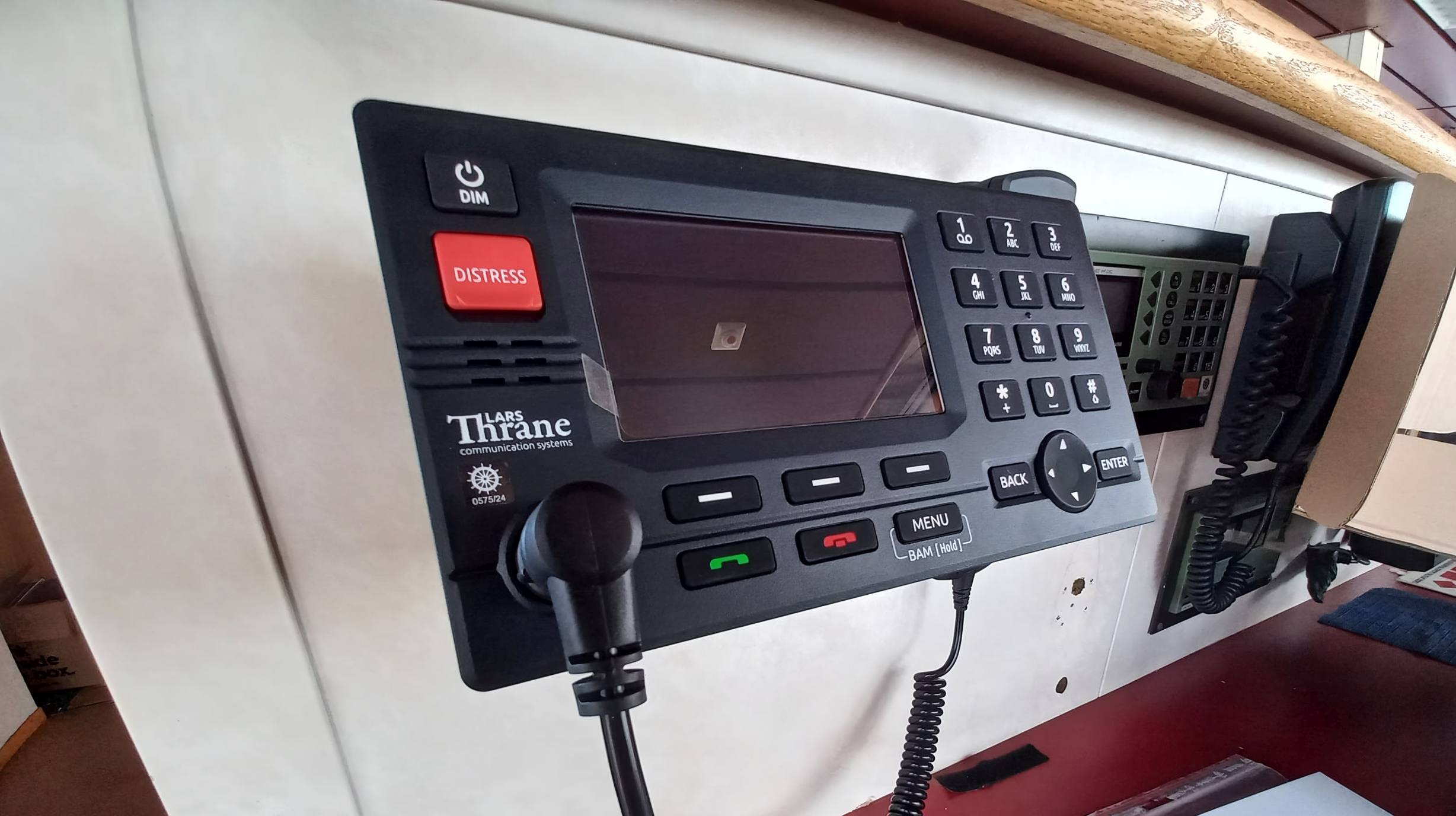 The Lars Thrane LT-3100S GMDSS System. Credit: Iridium
The Lars Thrane LT-3100S GMDSS System. Credit: Iridium
The main reason for maritime industry to rely on L-band services is regulation known as the Global Maritime Distress and Safety System (GMDSS). This is not an extra product that can be offered but a compulsory element for all commercial ships; therefore, L-band services are a crucial part of marine industry. Given the fact that L-band technology performs well in bad weather and during emergency situations, it has become the standard for maritime safety communications, providing the reliable link when other systems may not hold.
Market Value and Safety Applications
Thus, the L-band market showed impressive growth and reached $465 million in 2023 in spite of the decrease in value for the year before. Such stability is observed even in the context of new technologies coming into the market, which proves the indispensability of these services in the sphere of maritime activities. The L-band segment is expected to maintain a steady growth trend in the future according to the industry specialists due to the constantly growing level of the ship automation, new stringent safety requirements, and the understanding of the necessity of the backup communication systems in the modern maritime market.
The safety-oriented GMDSS market segment brings $213 million per year and is designed for approximately 78,000 ships globally. The global standards require at least two GMDSS terminals for the voyage in the case of the merchant vessels and the passenger vessels which are above 500 gross tones and in the case of the vessels with gross tones above 300, there should be at least one terminal set for the international voyage. The regulatory environment has provided a stable environment where this process of price change can take place without necessarily instigating market shocks. Price increases for basic safety services that took place in the industry over the last year generated over $30M in retail revenues worldwide, which proves the market’s viability.
Current Market Dynamics and Service Distribution
The broadband and voice services in L-band market covers more than 46000 ships globally and has a total sales value of $ 252 million. When incorporating backup systems, this number rises to around 62 000 of the currently operational ships with L-band broadband and voice solutions on board. This extensive market share is a clear indication of the importance of maintaining effective communications at sea; and, although the maritime industry is accustomed to employing various L-band solutions to provide seamless coverage across all the various maritime environments and climates, this particular system is preferred by many vessel operators as their primary means of communication.
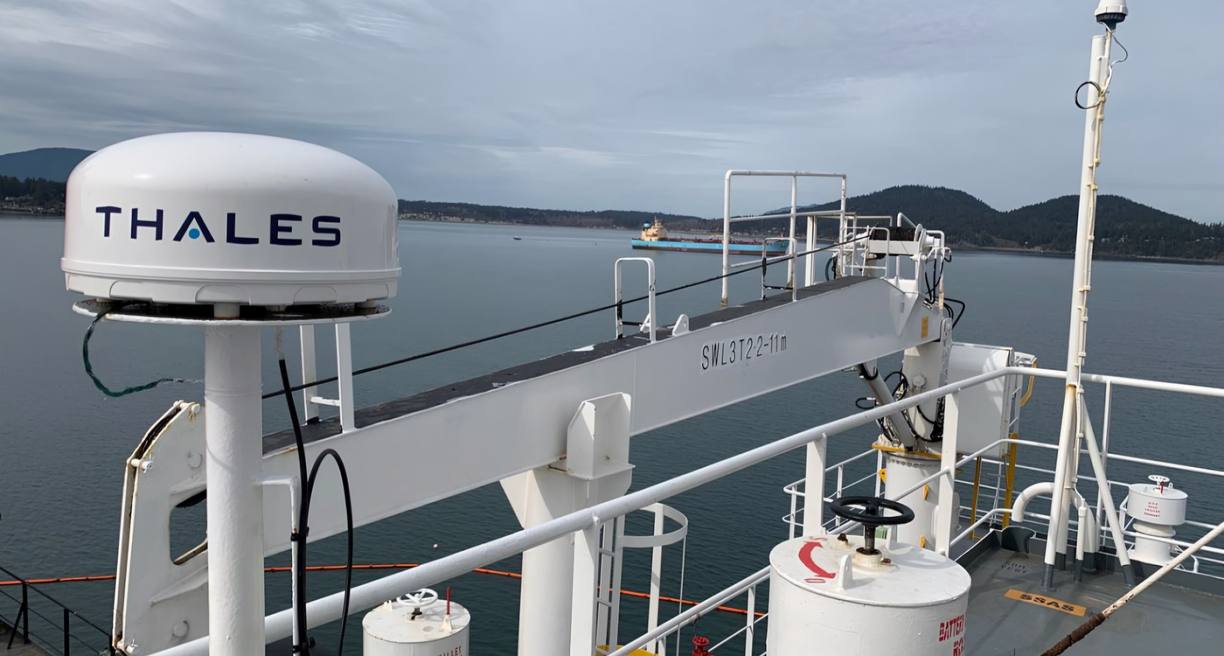 Thales VesseLINK 700. Credit: Google
Thales VesseLINK 700. Credit: Google
Competition in the market has shifted from being a provider market, among the service providers. Various services are currently specialized by need and location. For example, some services are chosen for fishing management applications and vessel monitoring services; others are selected based on their performance in the polar zones. Market distribution is seemingly healthy and diversified; traditional players continue to dominate the market, while new players can increasingly penetrate into the market due to technological advancement and offering lower prices. This healthy competition results to constant refinement of service quality and added utility.
Integration with Modern Maritime Communications
The maritime communications environment is gradually becoming a multilayered one where L-band services are a layer. Out of the 186522 ship with satellite subscription, more than 20000 are already using high speed LEO service proving the market trend towards dual connectivity. It is clear that the arrival of new technologies has not threatened the continued operation of L-band services. It has however, changed their role by positioning them as back up networks for the main broadband links. This evolution is in line with the increased importance of redundancy and reliability in the maritime business and especially in communications.
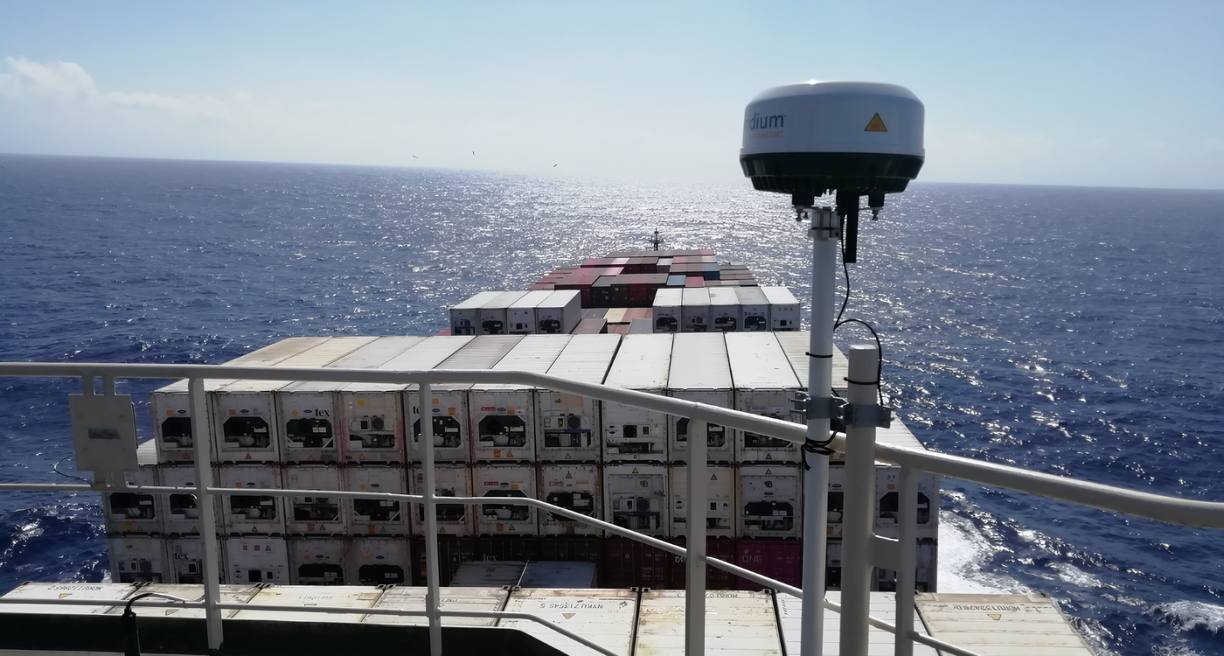 Cobham SAILOR 4300. Credit: Google
Cobham SAILOR 4300. Credit: Google
The combined use of many satellite technologies has given service providers a new way of providing full connectivity solutions. These solutions utilize high speed of the newer systems with the reliability of L-band services regardless of the conditions. In addition, the growing need for timely data processing and improved organizational performance of satellite services will sustain the demand for L-band services, which are necessary for important applications such as tracking ships, receiving weather information, and conducting emergency calls. This three-tiered approach not only increases safety, but also minimizes cost in all aspects, which by extension is beneficial to the entire maritime environment.
Future Outlook and Technological Evolution
The L-band segment shows promising signs of stability and potential growth over the next decade. This optimistic outlook is supported by several key factors that reinforce the technology’s importance in maritime communications. Regulatory restrictions on newer technologies in certain regions highlight the continued relevance of L-band services. Many major shipping destinations and routes fall within areas where newer satellite services face operational restrictions, making L-band communications the only viable option for maintaining consistent connectivity.
The development of autonomous vessels further emphasizes the importance of reliable communication systems. L-band’s superior resistance to atmospheric interference and consistent coverage make it particularly valuable for automated maritime operations, where maintaining stable communications is crucial for safety and operational efficiency. Additionally, the growing demand for real-time data transmission and enhanced tracking capabilities will likely drive further investments in L-band technology, ensuring its ongoing significance in the evolving maritime landscape. As the industry adapts to new challenges, the L-band’s established infrastructure will remain a critical asset for maritime stakeholders.
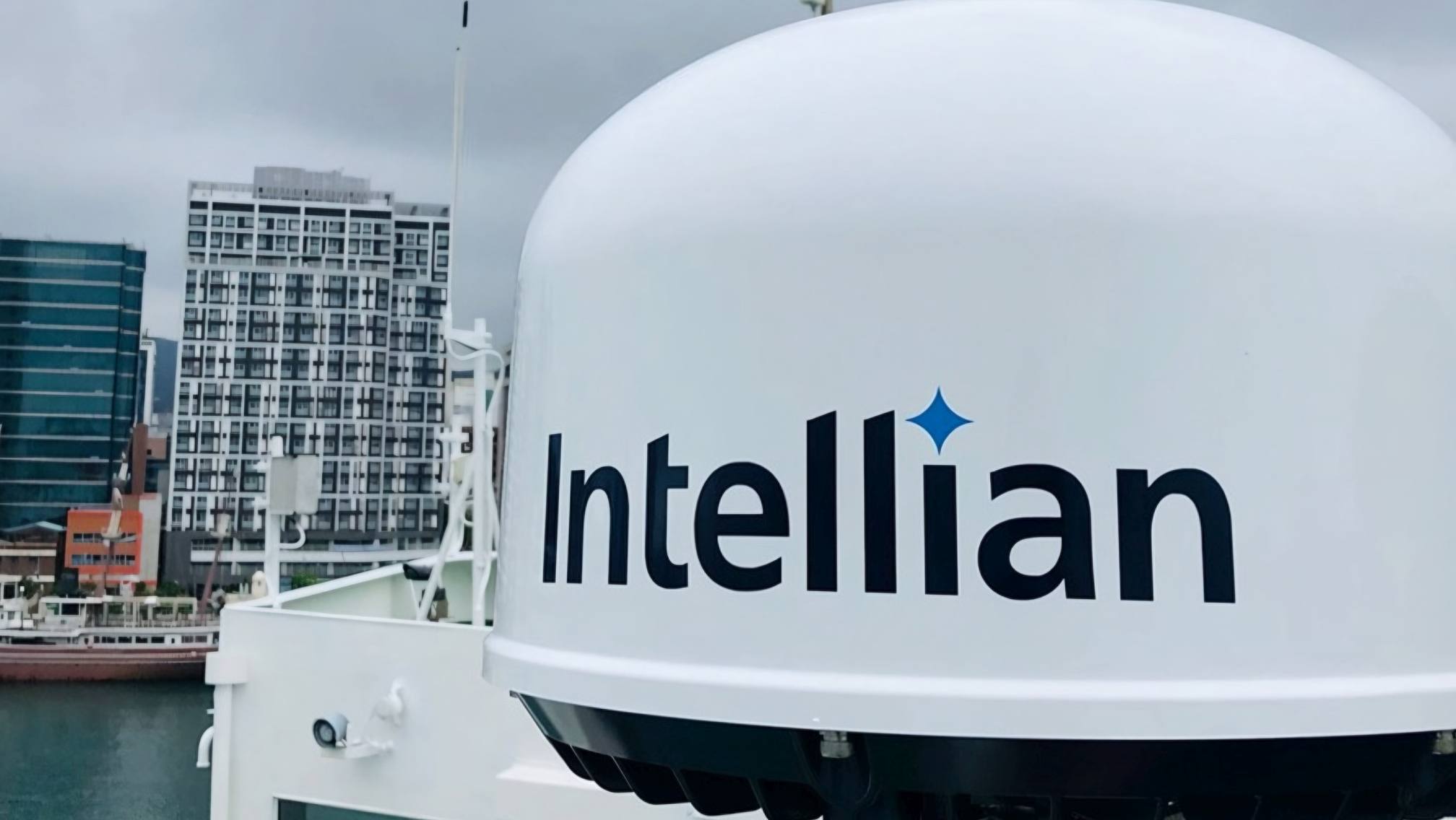 Intellian C700. Credit: Intellian
Intellian C700. Credit: Intellian
The maritime satellite communications industry stands at a fascinating intersection of tradition and innovation, where L-band services continue to prove their enduring value. Despite the emergence of new technologies and changing market dynamics, L-band remains fundamental to maritime operations for several compelling reasons. Its role in safety communications, global coverage capabilities, and reliability in adverse conditions makes it irreplaceable in the current maritime ecosystem. The technology’s resistance to interference, combined with regulatory requirements and the need for redundant communication systems, ensures its continued relevance. However, the key to maximizing these benefits lies in choosing a reliable service provider with proven expertise in the maritime industry.
BusinessCom has been delivering a wide range of maritime services for the past twenty years, equipping us with extensive knowledge of the challenges faced by vessel operators. We offer comprehensive solutions that combine reliability with today’s technological innovations. Our long-standing experience in the market, along with our deep technical expertise and personalized approach to each client, ensures that our maritime clients receive not only connectivity but also the ideal communication solution tailored to their needs. As the maritime industry shifts toward greater automation and higher connectivity requirements, we are here as your trusted partner to ensure that your maritime communication solutions remain effective, dependable, and prepared for the future.


